The ability to utilise power data during and after workouts and races has never been easier for the performance-conscious cyclist.
At the same time, this accessibility to power measurement has made it comparatively difficult to know which of the many options out there to choose.
Given the fact any power meter upgrade represents a sizeable investment in your equipment arsenal, it’s important you consider which features are most important to you.
Here, we’ll compare the two offerings from Rotor – the single-sided INpower and the new dual-sided 2INpower SL power meter.
We’ve outlined the five key things to consider when deciding which power meter is right for you.
1. Weight
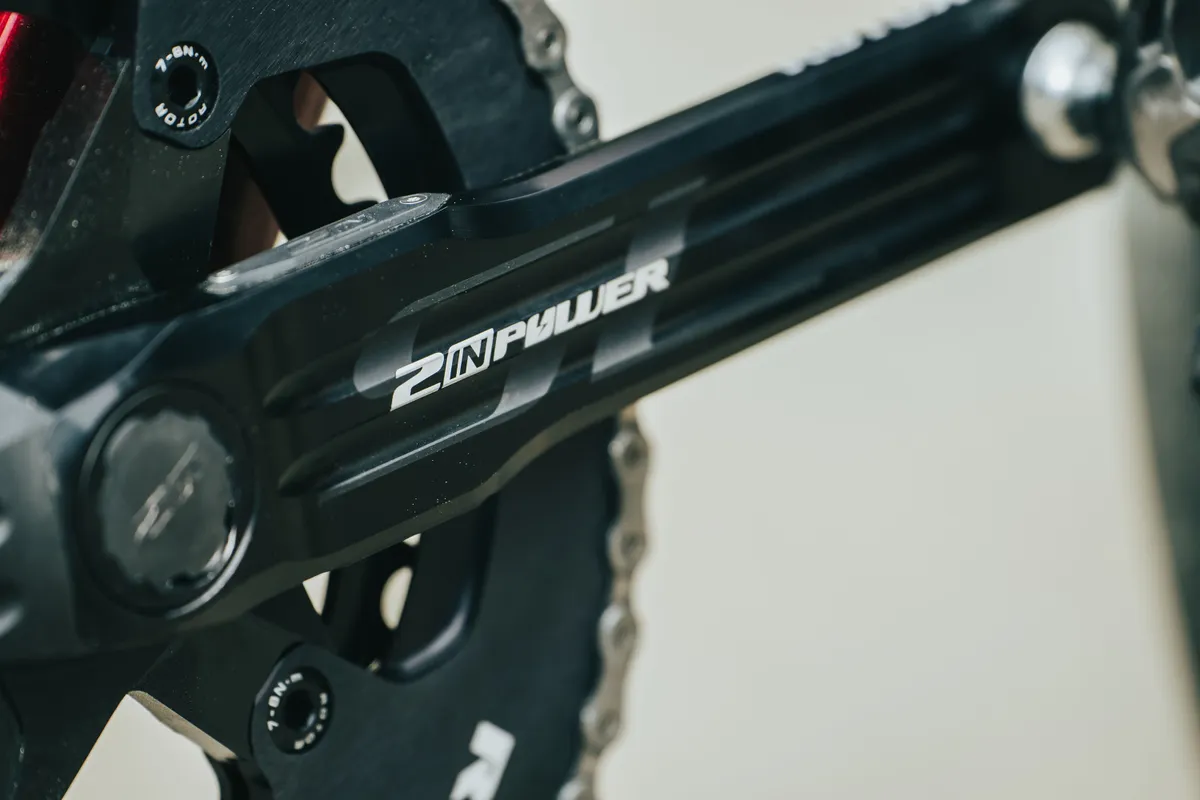
Most cyclists looking to benefit from power measurement to help improve their performance will want a power meter to add as little weight to the bike as possible.
If one of your primary concerns is keeping the bike light, both the new 2INpower SL unit and the single-sided INpower Road model should fit the bill.

The new 2INpower SL Road boasts a claimed 15 per cent reduction in weight compared to the previous dual-sided 2INpower model.
The cheaper single-sided INpower Road crankset has an impressively low claimed weight (522g for 170mm cranks with no chainrings) too, especially considering the lower price tag.
If you want the ability to measure power from both legs but in the lightest possible package, the 2INpower SL is the unit to go for.
2. Data analysis

One of the features you’ll need to think about when choosing a power meter is whether you value the ability to measure power from your left and right legs independently. This is the key difference between the INpower Road and 2INpower SL Road.
Dual-leg measurement can be very useful to check for imbalances in your left-right power production, and this data can help you make specific training interventions to rectify any discrepancies.
What’s more, being able to identify that you have an imbalance in the first place can serve you well in avoiding injuries that might occur as a consequence, since it’s not always obvious if you don’t have the numbers in front of you.
If you’re a rider who has an injury history or susceptibility, or you simply enjoy diving deeper into your data, the 2INpower SL Road will give you more additional insight than the INpower model.
3. Robustness

The addition of power measurement to a bike shouldn’t come with a compromise on reliability – the last thing you want during a training session or a race effort is a problem with your kit.
Rotor has kept robustness in mind with the INpower Road and 2INpower SL Road. Both models place the electronic components inside the spindle of the crankset.

This keeps these otherwise vulnerable components well away from the weather and any accidental impacts.
In addition, both power meters are constructed from high-grade aluminium. This is finished in a handsome gloss-black look.
Using what Rotor calls its Trinity Drilling System, the sculpted design of the 2INpower SL Road and INpower Road removes material where it isn’t needed, while maintaining the stiffness of the crank arms.
4. Ease of use
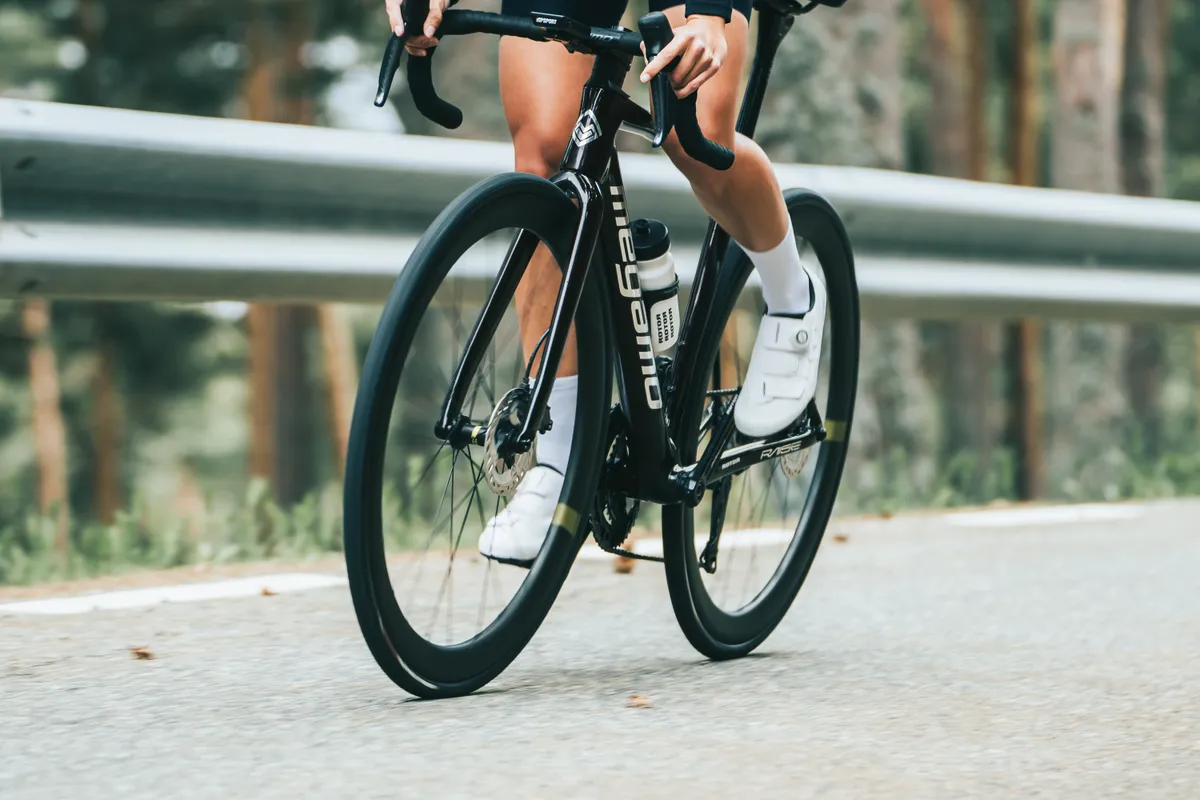
If you like working on your own bikes, it’s vital any power meter is easy to live with.
The installation process of the new 2INpower SL Road power meter has been improved over earlier units through the use of a re-engineered self-extracting screw.
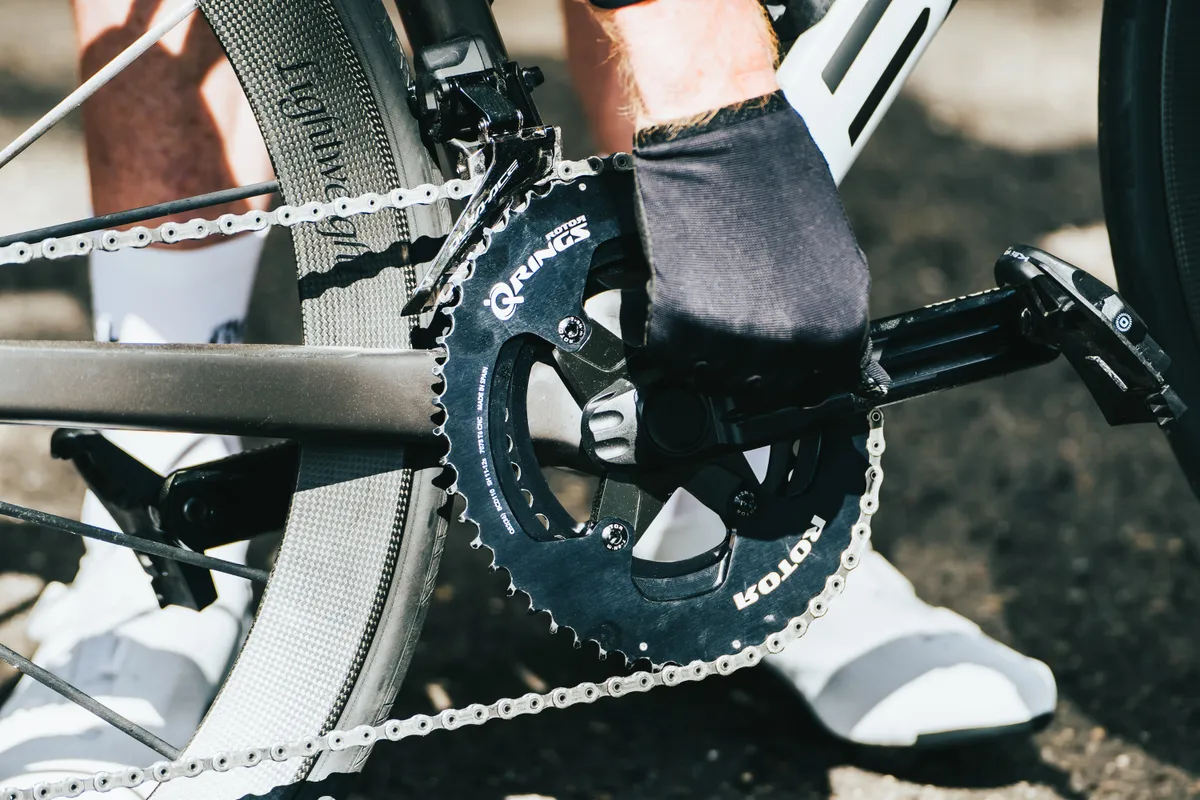
This should make fitting it to your bike, or switching it between bikes, a relatively straightforward process that doesn’t require any specialist tools or skills.
The claimed battery life of both models is impressive – the 2INpower SL Road’s 250 hours being edged out by the single-sided INpower Road’s 300 hours.
There is a key difference between the two though – the new 2INpower SL Road’s battery is integrated and rechargeable, whereas the single-sided INpower Road unit uses a replaceable AA battery.
5. Customisation
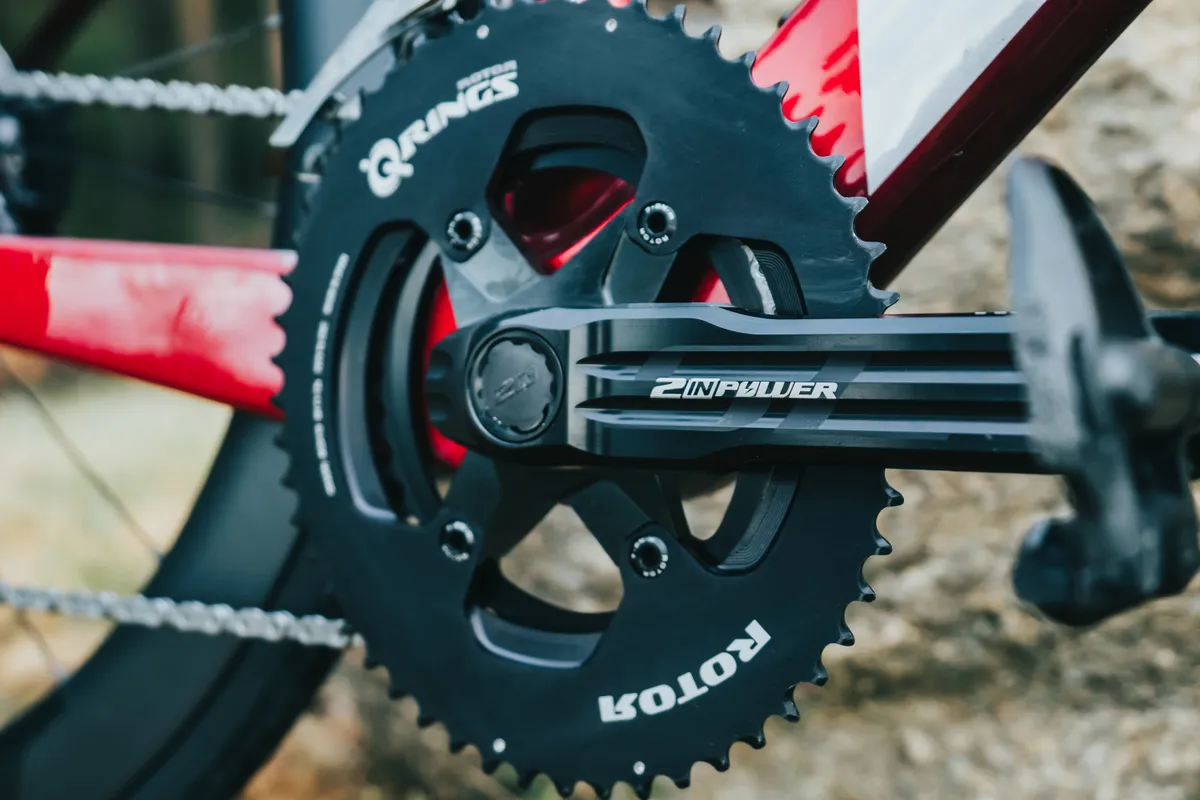
Customisation is also worth considering, particularly if you swap your chainrings regularly.
Rotor uses its DM (Direct Mount) technology on both the 2INpower SL Road and INpower Road power meters to ensure a solid fit of its chainrings to the crank arms.
The Direct Mount system allows for the exact placement of Rotor’s signature asymmetric Q-rings.
Chainring options are widened further with the 2INpower SL Road, with the ability to mount more traditional 4-bolt 110mm BCD chainrings.
Which is the best option?
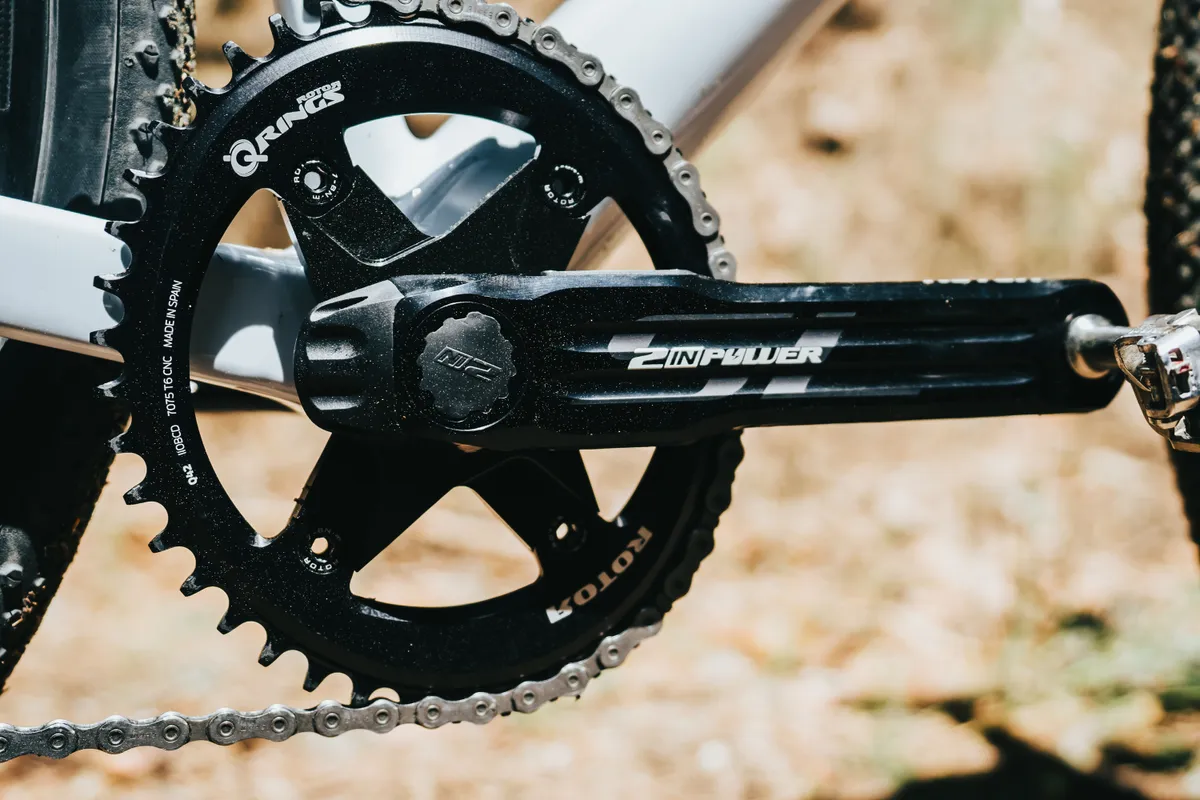
As should be clear from the comparisons above, Rotor’s INpower Road and 2INpower SL Road power meters share a lot of the same technology and both benefit from designs that foster robustness and reliability.
If you’re keen on getting the most data from your power meter, the 2INpower SL Road will be the better choice.
If you’re on a tighter budget, feel content with power readings from only one leg, and don’t require the level of customisation the 2INpower SL Road offers, the single-sided INpower Road will be a great choice.

